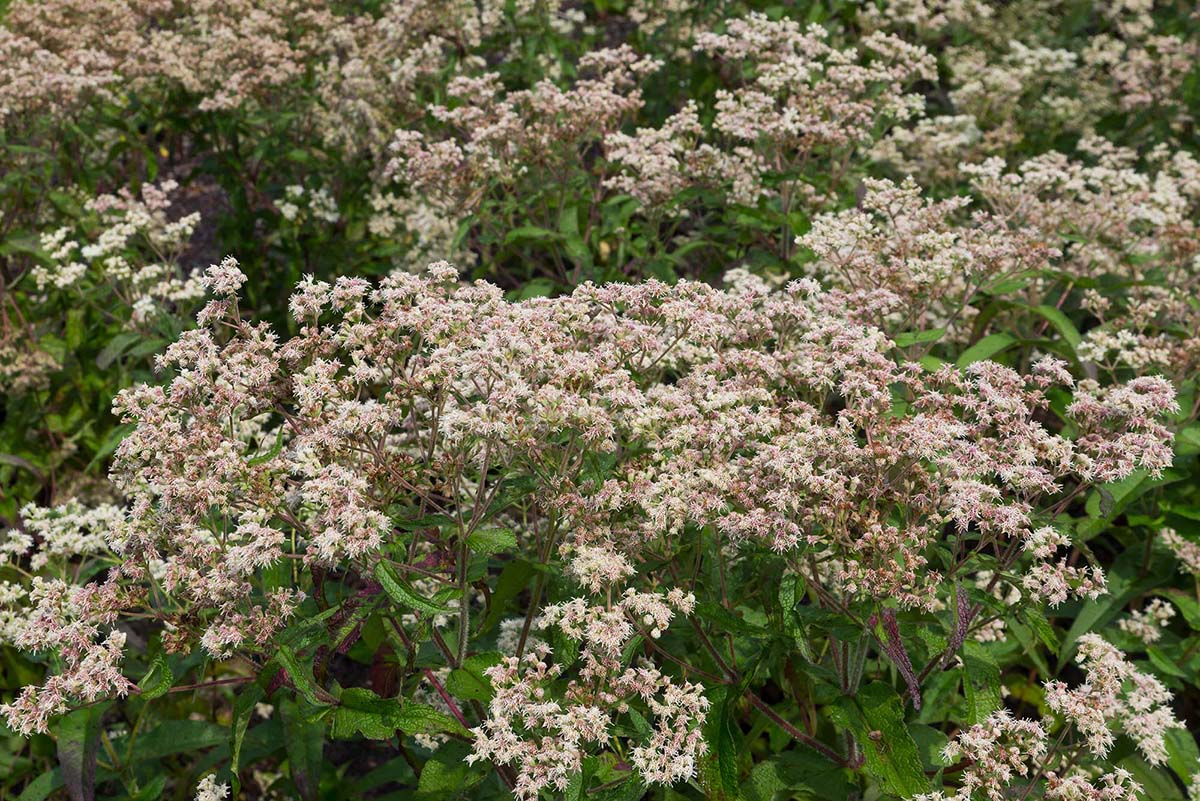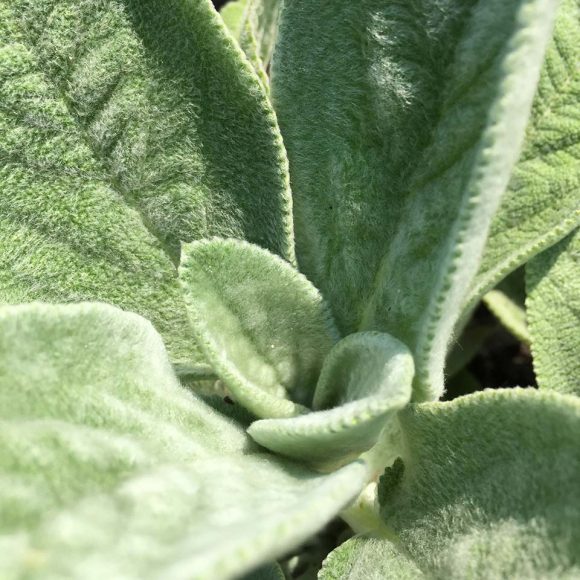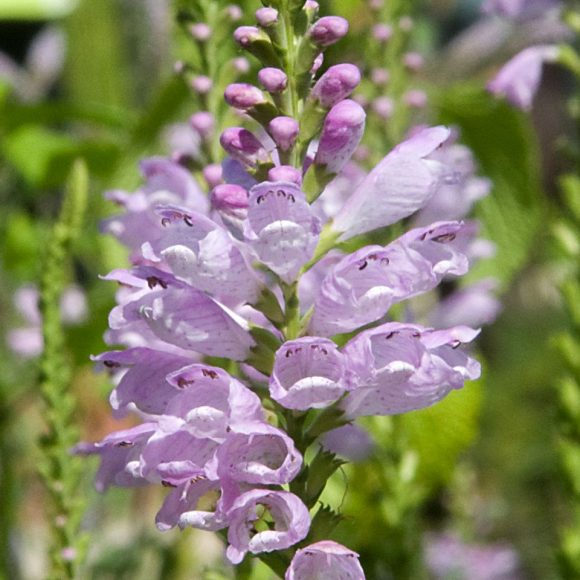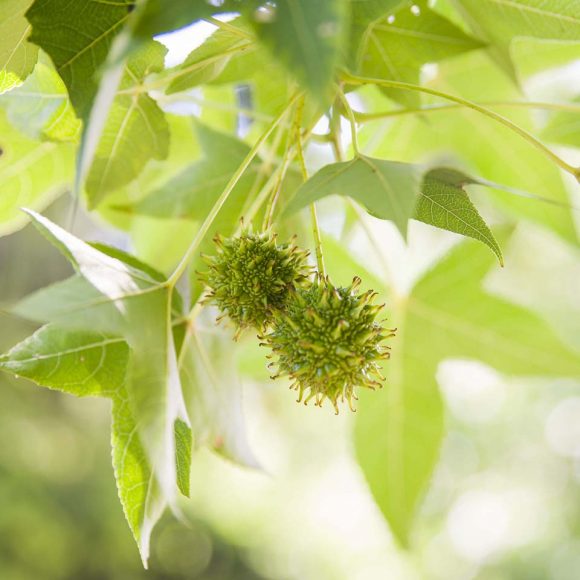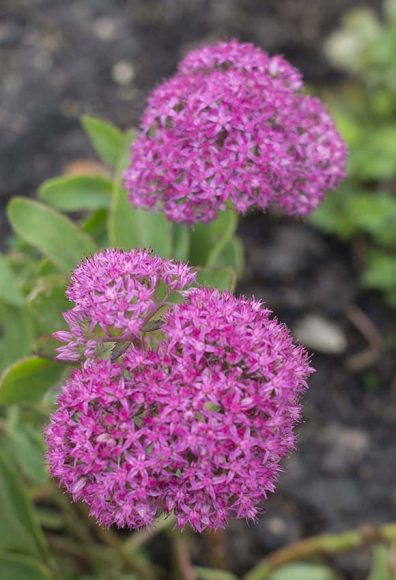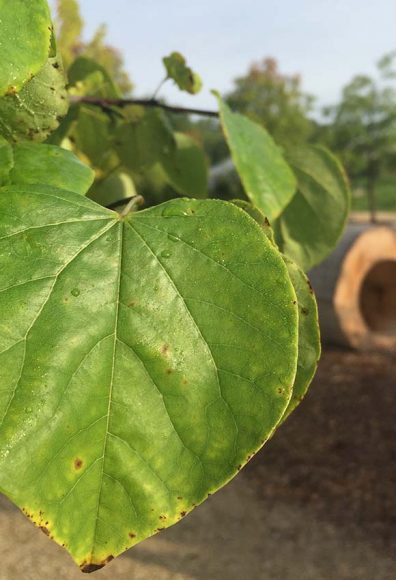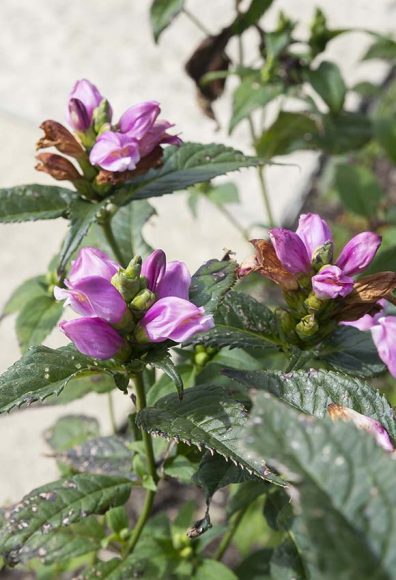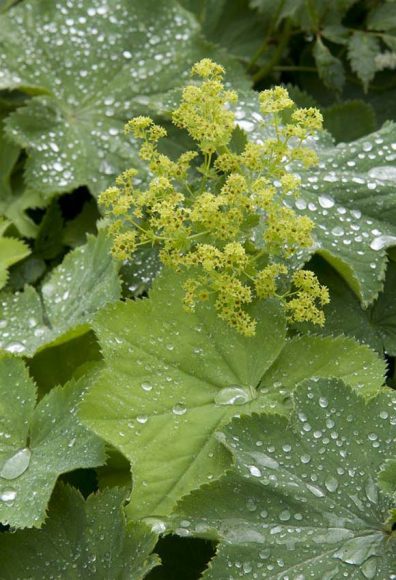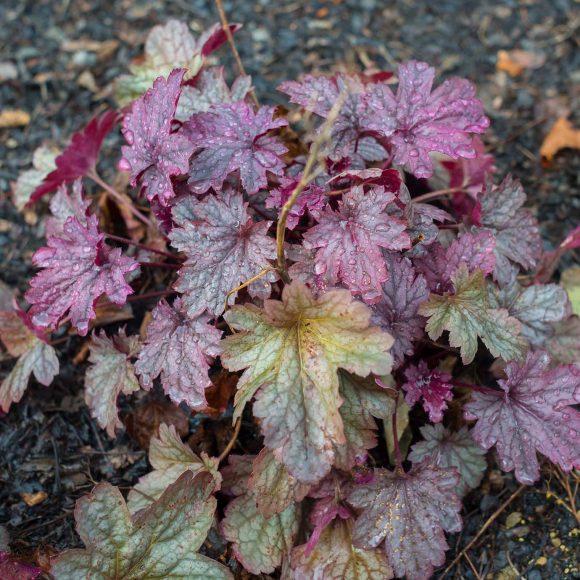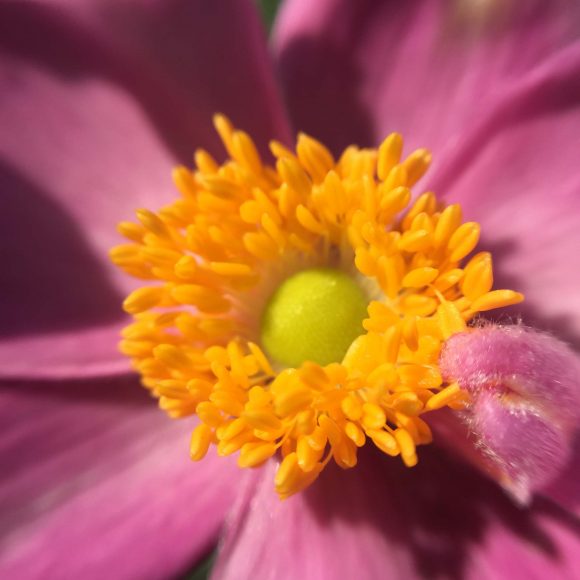The opening celebration of the Chicago Botanic Garden’s Regenstein Learning Campus on September 10 and 11 is just the beginning of the fun at the Nature Play Garden. How about splashing in the runnel or running up and down the rolling hills?
Beyond those charms, the Nature Play Garden has another wonderful element: plants that were chosen specifically for this garden. There are plants that appeal to all five senses, and plants with funny names or those that exhibit extreme contrasts. One of the best ways to explore the new Learning Campus and its Nature Play Garden is through plants.
In the Garden’s 26 other gardens, plants are chosen, tended, and laid out to enhance the visitor experience. In this, the Garden’s 27th garden, plants are meant to be touched, smelled, and examined up close.
Plants that appeal to the senses:
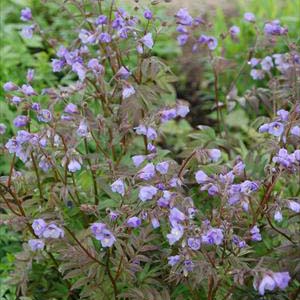
Photo courtesy of Intrinsic Perennial Gardens
Heaven Scent Jacob’s ladder (Polemonium reptans ‘Heaven Scent’) was chosen for its fragrance. Enjoy its bright bloom in the spring.
Plants that look cool:
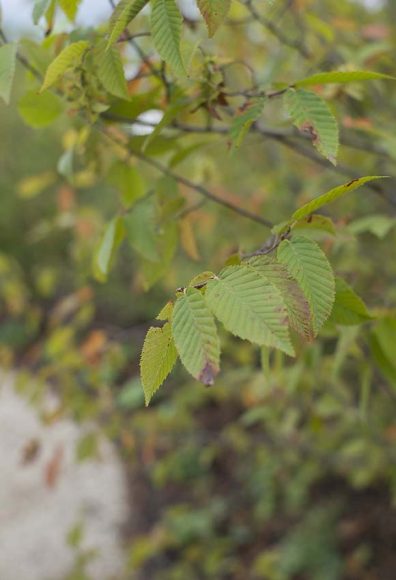
Johnson’s Select American hornbeam (Carpinus caroliniana ‘JN Select’), a cultivar of hornbeam that is recognized for its unusually smaller and upright stature, is ideal for smaller urban gardens with red and orange fall color. These create the Hornbeam Room in the Nature Play Garden.
And a few bonus plants with fun names:
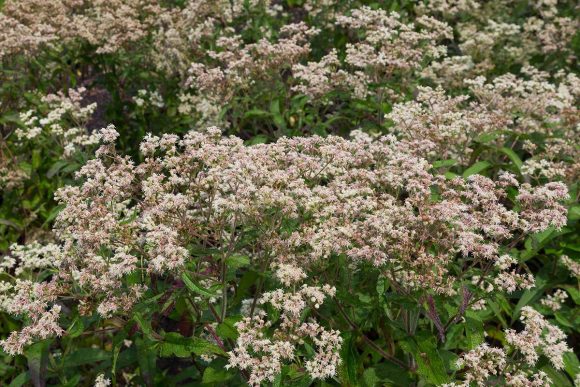
Milk and Cookies common boneset (Eupatorium perfoliatum ‘Milk and Cookies’) is unusually dark-leafed.
There’s also a mythical hero — Hercules coral bells (Heuchera ‘Hercules’) — and a princess — Cinderella anemone (Anemone × hybrida ‘Cinderella’).
The team of horticulturists and landscape designers who worked to choose and plant the elements of the Nature Play Garden looked for four-season interest and plants that would appeal to visitors of all ages and abilities. Our heavy clay soil didn’t work for everything, but the range of options was still enormous. Come to the Nature Play Garden and discover your own favorite plants.
Join us for the opening celebration of the Regenstein Learning Campus, Saturday and Sunday, September 10 & 11, from 10 a.m. – 4 p.m.
©2016 Chicago Botanic Garden and my.chicagobotanic.org

